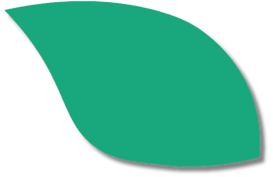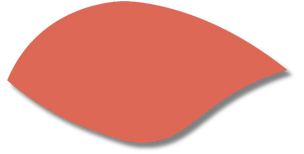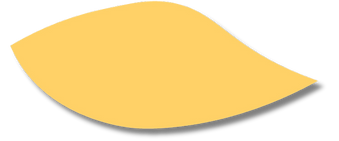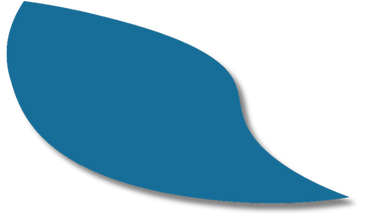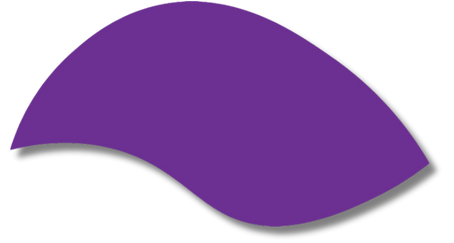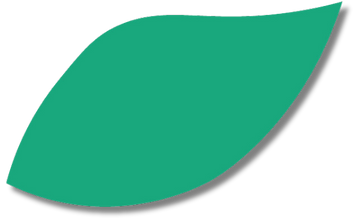
Through personal contact comes SHARED EXPERIENCES.

Christian and Tomáš from Podyjí-Thayatal Transboundary Parks (situated at the border between Moravia (CZ) and Lower Austria (A)) tell us how important the Transboundary Programme is to them.


Europe is a complex continent with thousands of years of human interaction and many political borders overlaying the natural world. Nowhere is that shared experience of Nature, with the accompanying political, cultural and historical challenges at its most significant, than that between Transboundary Protected Areas.

EUROPARC began to turn its attention to transboundary needs in an early conference in Belgium in 1988. However, it was with the focus provided through the IUCN, in association with EUROPARC in 1994, that the “Parks for life - Action for protected areas in Europe” was published and stimulated further action. From this work, EUROPARC produced studies and analysis, including the report “Transboundary Protected Areas in Europe” (1999), by DI Robert Brunner (A). The Transboundary “Following Natures Design” Award was developed and launched at the 5th World Parks Congress in Durban South Africa.
The TransParcNet has developed into an important platform to raise issues and seek solutions to aspects of biodiversity management, climate change and cultural interaction in a cross-border situation. In many respects, the Transboundary Programme embodies the core principles upon which EUROPARC was founded. Indeed, to quote, Hentschel and Stein (1999 ):
“Trans-frontier protected areas should unite not only nature,
but also nations”
- this belief continues today.



Transboundary cooperation highlights the combination of policy, married with positive personal relations, that EUROPARC promotes.
“It is said that, “for profitable collaboration, a formal agreement is necessary, but it alone is not sufficient. Enthusiastic, friendly relationships between the respective park directors, and at all levels, must exist or transboundary cooperation will flounder.”
- L.S.Hamilton 1996

Ignace Schops, EUROPARC President 2014 - 2021, reflects that these shared experiences created through networking indicate:
“Carrying capacity & the capacity of caring”. Nature parks rank at the top of the best visiting places in Europe. That’s good news because the more people understand our deep relationship with nature, the more support they give to safeguard wildlife. All over Europe, nature parks do their utmost best to care for parks, species and people. They excel in finding solutions using the wisdom of the local and the mindset of the global: from drystone walling, to the restoration of wild rivers and, to the re-introduction of wild animals. People take care for nature, because we are nature. The care for our natural heritage, exchange of expertise and the entrepreneurial mindset of EF, are crucial and an eye-opener for many partners and stakeholders outside the nature sector.“
- Ignace Schops (BE), EUROPARC President 2014 - 2021


Celebrating our collective success and recognising the good work done by our members across EUROPARC, are important parts of EUROPARC’s ethos.


Former presidents of EUROPARC Spain, 2013

It was Antonio López Lillo from Spain (first president of EUROPARC Spain and current Honorary President), who brought the European Day of Parks into being. It was a huge success right from the start, with many events organised in Parks and Protected areas yearly on and around the 24th of May.
EUROPARC recognises the significant contribution to nature protection in Europe of individuals, by awarding the Alfred Toepfer Medal. Our inspirational esteemed winners become honorary members of the Federation.

However, in recent history we had a shared experience where we had to urge people to stay home: the COVID-19 pandemic of 2020 - 2022.
A unique situation of terrible loss of human lives, followed by an ongoing economic crisis, at the same time emphasized the need to connect to nature and to each other. The need for nature, stressed yet again the value and importance of Europe’s Protected Areas.
Although very demanding, EUROPARC was structurally and technologically in a good situation, to cope with the changes and demands that arose during the COVID-19 pandemic. Support and much-needed advice was provided to members who were less prepared for online working.
Despite some early and previously inconceivable closures, most Protected Areas in Europe maintained their core conservation operations.


However, European Protected Areas also met significant challenges arising from the COVID-19 pandemic. A study by FIDELIO research project found that the impacts of COVID-19 and their policy implications put unexpected pressure on the parks and their staff, and impacted nature, which naturally generated pleas for more support.
Paulo Castro put it well when he reminded us that being part of a network like EUROPARC provides positive energy, especially getting through difficult times such as the COVID-19 pandemic.

Since 2010, EUROPARC has been one of the few environmental NGOs working actively in the health and well-being in nature agenda. We see sustainable nature of Europe’s parks and Protected Areas as a key asset for health and well-being. To help realise this vision, EUROPARC created a Healthy Parks Healthy People Europe Programme (HPHPE). In an address to the EUROPARC Conference 2020, Commissioner Virginijus Sinkevičius from DG environment stated:
“Nature brings us a wide range of benefits. It provides us with food, medicines, business opportunities, and, at the same time, it is our natural shield from air, water and noise pollution. Access to nature is also essential for health. During the COVID-19 lockdowns across Europe, we had a chance to realise how important green areas are for our mental and physical well-being. To build a healthier and more resilient society we thus need to value our nature protected areas and invest more into green infrastructures, including in urban areas and public spaces. This is one of the aims of the 2030 EU Biodiversity Strategy.”
- Virginijus Sinkevičius, European Commissioner for Environment, Oceans and Fisheries


Pete Rawcliffe chair of EUROPARC HPHPe Commission recalls the importance of EUROPARC as a shared learning resource, which itself is the cornerstone of the HPHPE programme.


Looking for a European network to discuss issues over recreation and visitors in Protected Areas, EUROPARC forged a partnership with the European Network of Outdoor Sports.
Together we have developed the 10 principles for Outdoor Sports in Protected Areas and new toolkits and training material for sports practitioners.


Choose a leaf to continue your story journey.

